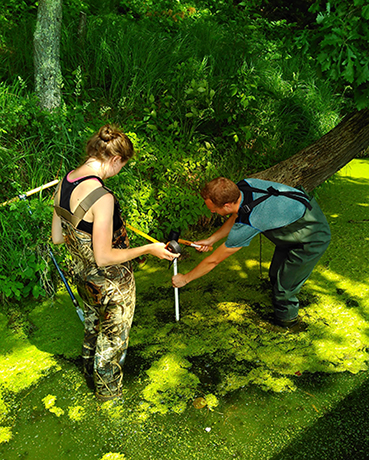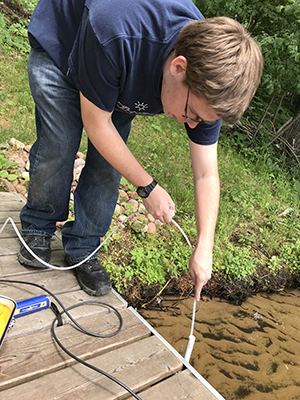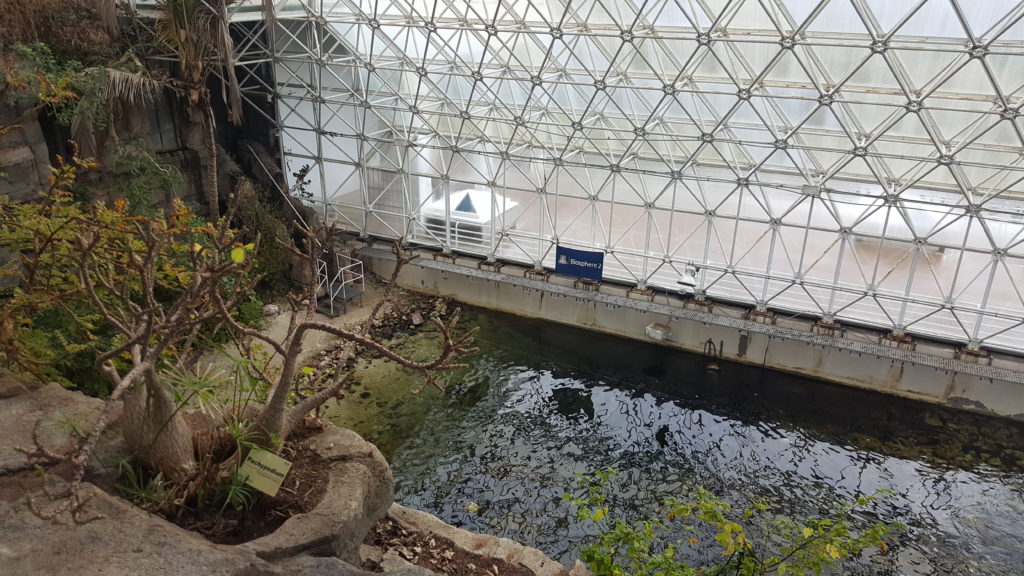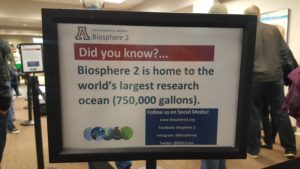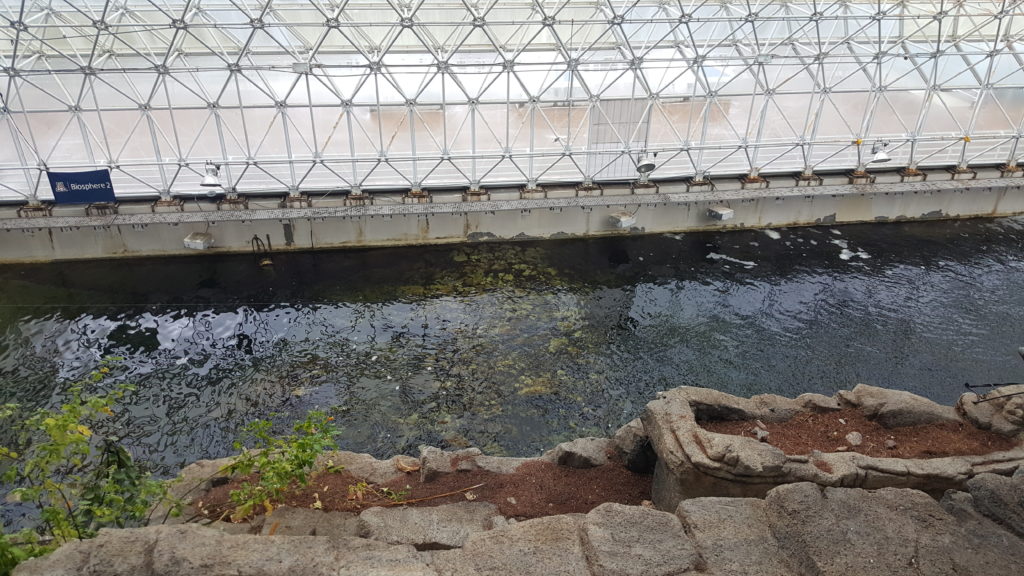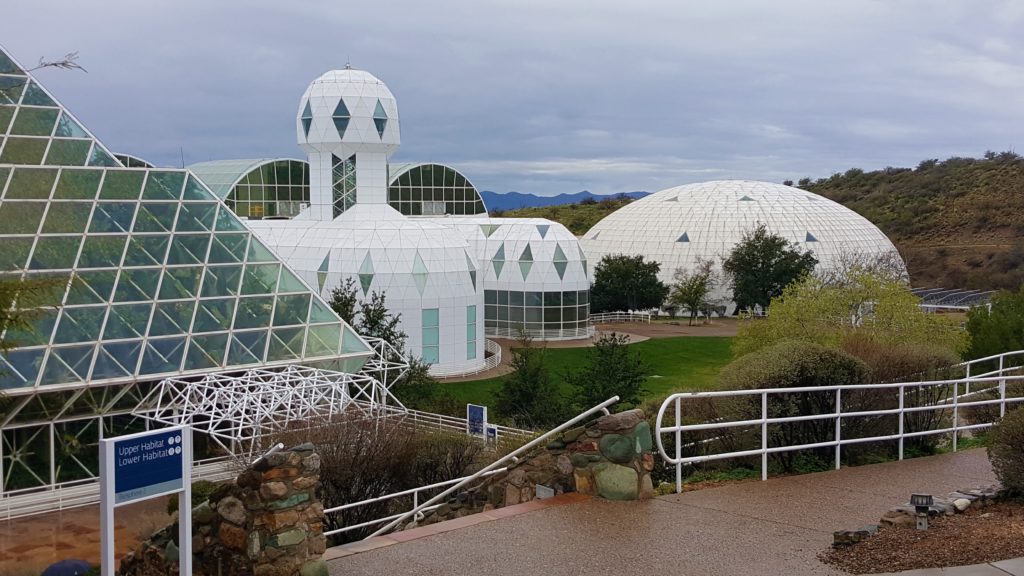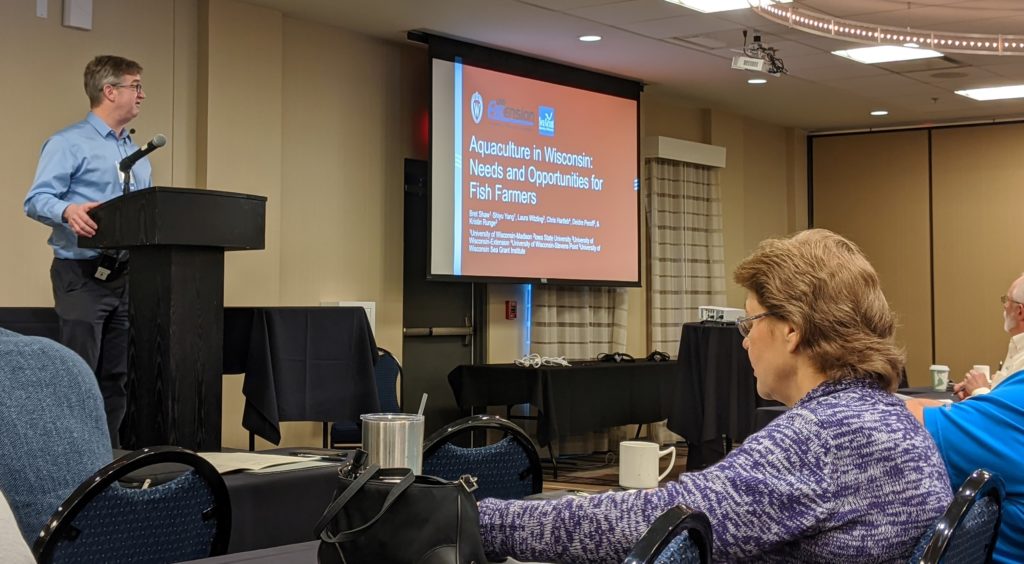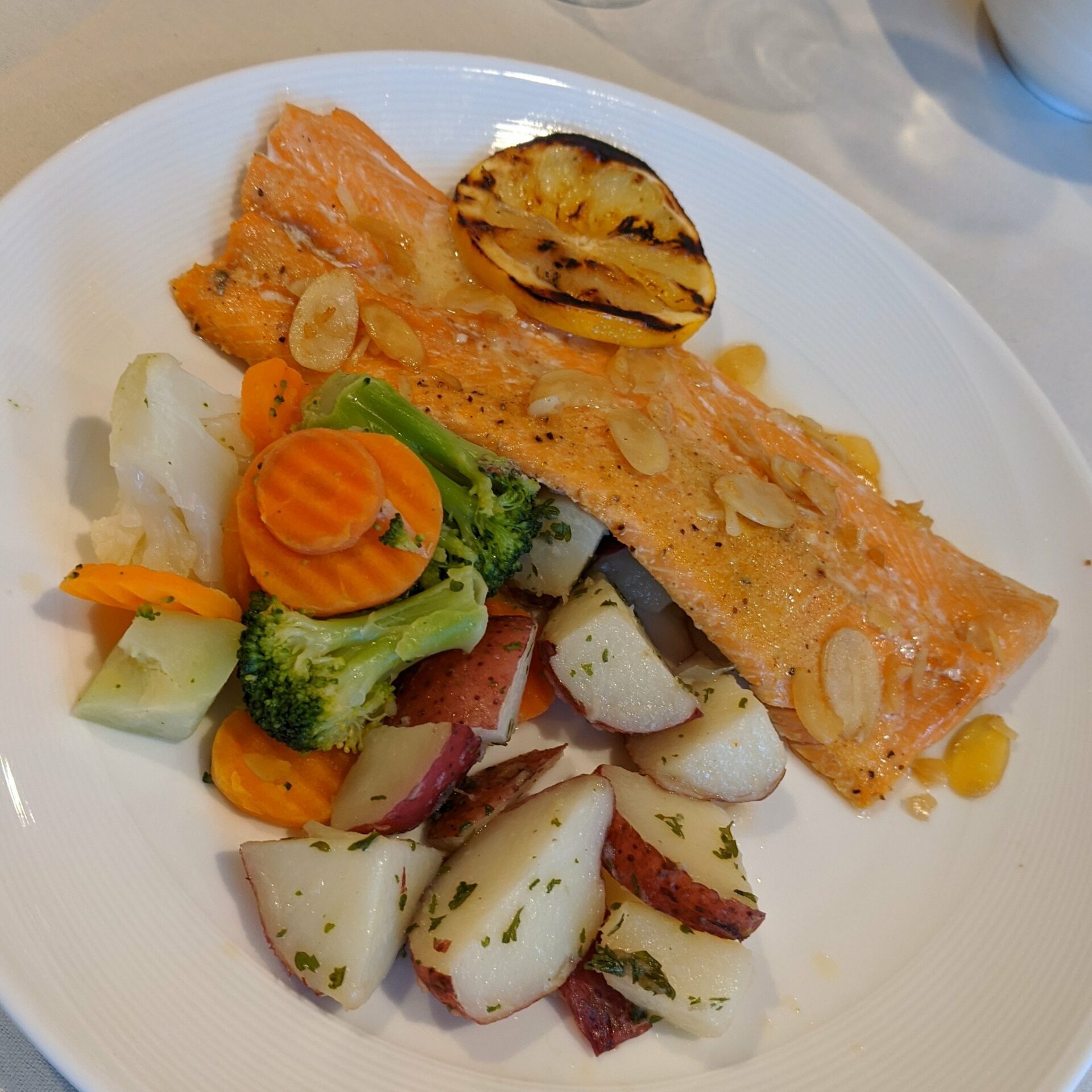Port of Toledo adds COVID-19 safety measures
According to the Toledo Lucas County Port Authority, when it comes to the inspection of cargo ships, the crew will now be checked out as well as the cargo. Agencies like the Coast Guard and Customs will be making sure the crew is healthy, and in some cases the crew may not be able to disembark from the freighter. Read and view the full story by WTVG TV – Toledo.
Great Lakes Commission
https://www.glc.org/dailynews/20200327-toledo

